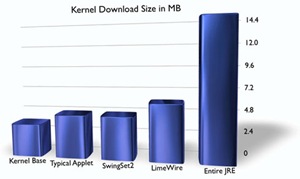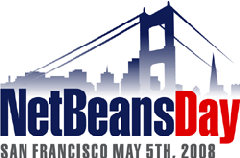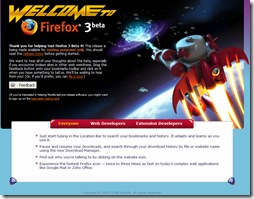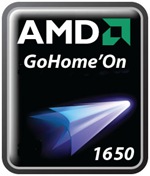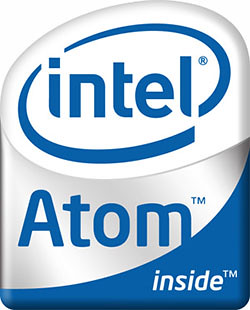Sony Ericsson announced today that they are experimenting with a new technology which plans to integrate Flash inside JavaME applications. This will enable developers to show Adobe's FlashLite interfaces inside JavaME applications. The project is called Project Capuchin and will be shown to the world at the JavaOne Conference 2008.
developers to show Adobe's FlashLite interfaces inside JavaME applications. The project is called Project Capuchin and will be shown to the world at the JavaOne Conference 2008.
Adobe's Flashlite has been one of the easier UI development platform for mobile phones, but there aren't many popular business applications in Flashlite. On the other hand JavaME is popular for mobile application development, but the user-interface built using JavaME (especially CLDC) is boring and tough to build. With Project Capuchin, the guys from Sony Ericsson want to provide developers with the combined power of Adobe's Flash and Java's programming capabilities.
The main advantage of Project Capuchin is that developers will not have a new technology to learn. Designers are already acquainted with Flash and Developers already have existing JavaME applications. This will make the new technology easier to learn and will mean faster porting of existing applications with a better UI. The details about the performance and the runtime are still unknown, but most probably it'll be a single Java runtime that'll be able to run the applications. For this technology to be successful, Sony Ericsson should license the platform to other handset manufacturers, so that applications can be run on different handsets. May be Steve Jobs wanted something like this when he said Flash wasn't good enough for the iPhone...
The release date for the project and availability on handsets is still unknown and the technology is very much in the experimentation stage. The idea of such a mashup is exciting and it'll be interesting to see the response towards the technology at the JavaOne Conference. Hoping it'll become a quick and stable release from Sony Ericsson because the mobile platform does need something of this sort.

